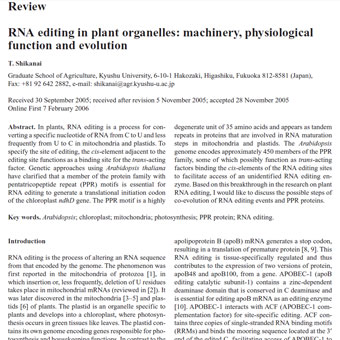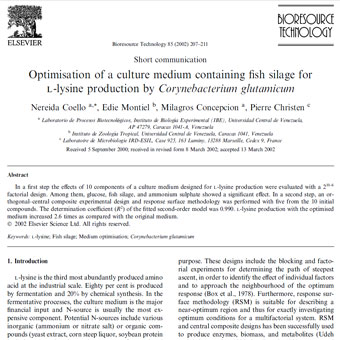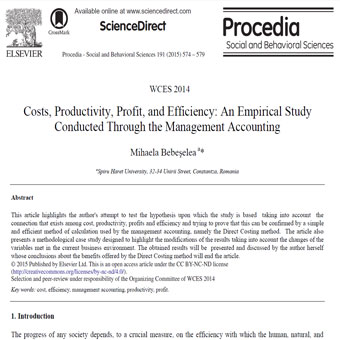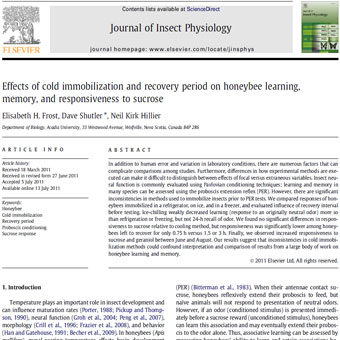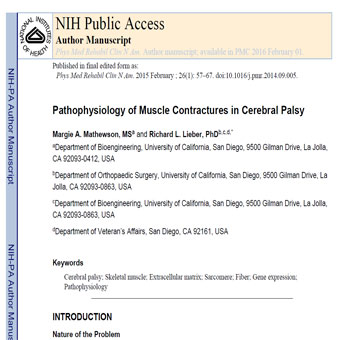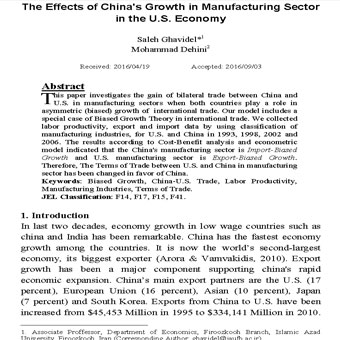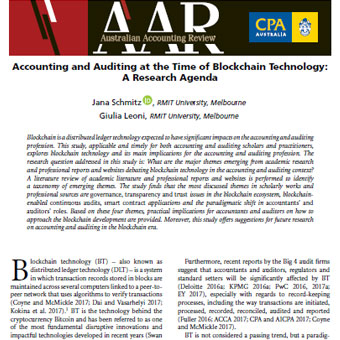عنوان فارسی مقاله: ویرایش RNA در اندام های گیاهی: مکانیسم، کارکرد فیزیولوژیک و تکامل
چکیده
ویرایش RNA در اندام های گیاهی فرایندی برای تبدیل نوکلوتید های خاص RNA از C به U و به ندرت از U به C در میتوکندری و پلاستید است. به منظور تشریح و تعیین مکان ویرایش، مولفه(جلوی) cis مجاور سایت ویرایش به عنوان سایت پیوندی برای فاکتور عمل کننده پشتی trans عمل می کند. رویکرد های ژنتیکی با استفاده از Arabidopsis thaliana نشان دادند که عضوی از خانواده پروتین با ژن های بزرگ اثر تکرار پنتا تری کوپپتید برای ویرایش RNA جهت ایجاد کدون آغاز گر ترجمه ژن ndhD کلروپلاست ضروری است.موتیف PPR به شذت واحد ۳۵ آمینو اسید را تجزیه کرده و به عنوان تکرار های تاندم در پروتین هایی عمل می کند که در مراحل بلوغ RNA در میتوکندری و پلاستید نقش دارند. ژنوم Arabidopsis تقریبا ۴۵۰ عضو خانواده PPR را کد گذاری می کند که برخی از آن ها به عنوان فاکتور های عمل کننده پشتی می باشند که عناصر روبه روی سایت های ویرایش RNA را برای تسهیل دسترسی به آنزیم ویرایش RNA شناسایی نشده پیوند می دهد. بر اساس این پیش زمینه در خصوص ویرایش RNA گیاهی، به بحث در خصوص مراحل احتمالی تکامل هم زمان رویداد های ویرایش RNA و پروتین های PPR خواهیم پرداخت.
- لینک دانلود فایل بلافاصله بعد از پرداخت وجه به نمایش در خواهد آمد.
- همچنین لینک دانلود به ایمیل شما ارسال خواهد شد به همین دلیل ایمیل خود را به دقت وارد نمایید.
- ممکن است ایمیل ارسالی به پوشه اسپم یا Bulk ایمیل شما ارسال شده باشد.
- در صورتی که به هر دلیلی موفق به دانلود فایل مورد نظر نشدید با ما تماس بگیرید.
 متن به فارسی | ترجمه مقالات و متون علمی | ترجمه و دانلود مقالات و انواع متون علمی و ادبی و پذیرش سفارش ترجمه
متن به فارسی | ترجمه مقالات و متون علمی | ترجمه و دانلود مقالات و انواع متون علمی و ادبی و پذیرش سفارش ترجمه
